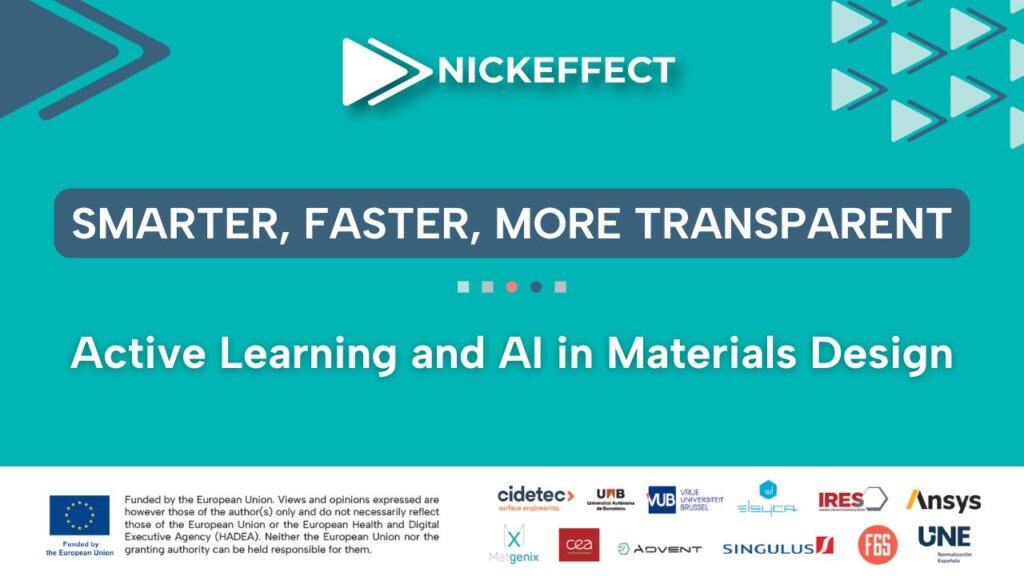Materials design remains a very complex challenge in science and engineering, owing to the virtually infinite number of variables such as material composition and synthesis parameters. Traditionally guided by expert intuition and iterative experimentation, the process often involves navigating a multidimensional design space with only fragmentary knowledge, which can be compared to exploring a vast territory with a map that covers only a few percent of the terrain. As a result, identifying optimal material candidates frequently requires extensive trial-and-error, consuming significant time and resources before reaching a viable solution.
To accelerate this process, materials scientists are increasingly turning to models based on data to guide their research by prioritizing the next materials to study or synthesis parameters to use. In the last decade, machine learning (ML) has gained popularity in materials design thanks to its efficiency and modularity in using a wide range of datasets, whether theoretical or experimental, large or limited in size. In particular, active learning is a design-of-experiment strategy that harnesses existing data to provide the next most informative data point to collect, i.e., to try experimentally.
The main idea behind active learning is to reach the optimal solution (e.g., composition or synthesis parameters) with as few actual experiments as possible. To this purpose, the ML models used for active learning provide predictions but are also equipped with an estimate of their confidence. For instance, a model might predict the catalytic activity of a Ni-based film but also indicate a high uncertainty for this prediction. This is a strong signal that testing this film experimentally could be particularly valuable, because the result will decrease the model’s uncertainty in the most efficient way. This intelligent design of experiment allows the ML model to learn more with fewer experiments, cutting both cost and time. The process is iterative: each new result refines the model, which then suggests the next best candidate to evaluate. Once the model’s uncertainty is low enough, it can be used to find the set of parameters that leads to the best material.
In addition to speed and efficiency, ML models can be used to understand why a material is predicted to behave in a certain way. The influence of parameters such as material composition can be assessed, turning black-box models into useful scientific tools providing crucial insights for a better understanding of the physico-chemical phenomena at play.
These approaches have been successfully applied in the NICKEFFECT project for the design of Ni-W coatings. At Matgenix, we are convinced that coupling human expertise with data management and machine learning methodologies is key to accelerating innovation.
